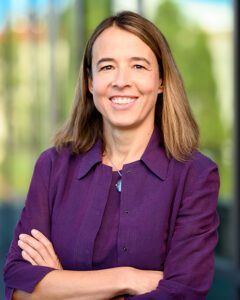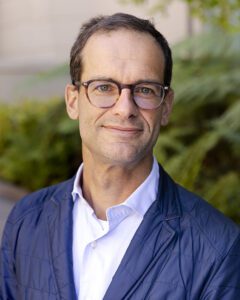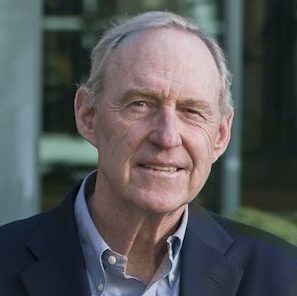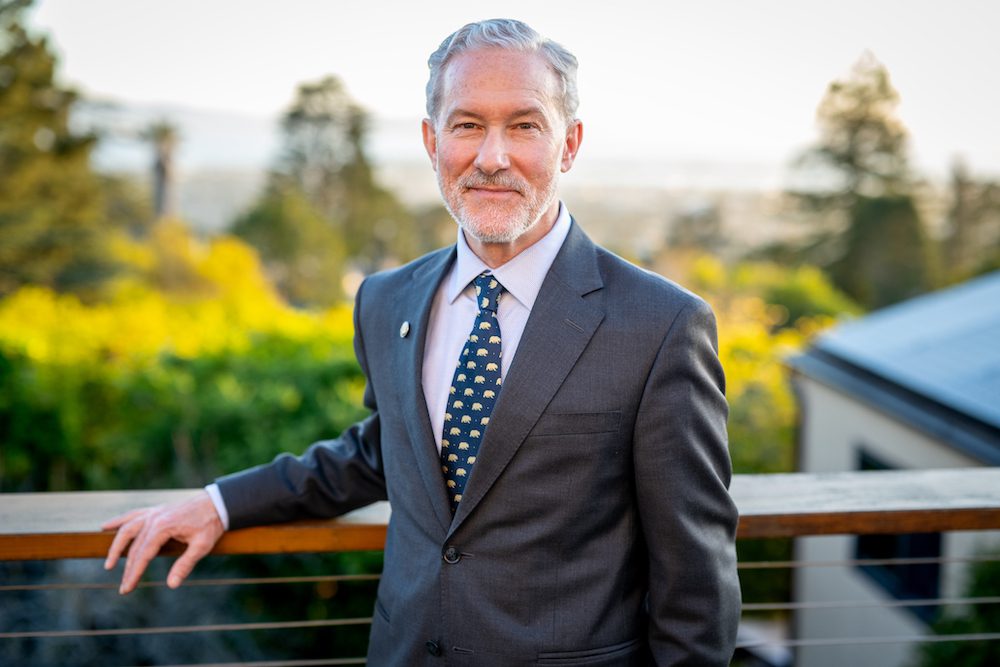
Rich Lyons, former dean of the Haas School of Business and UC Berkeley’s current associate vice chancellor and chief innovation and entrepreneurship officer, has been selected to become UC Berkeley’s next chancellor.
Lyons will assume his new role on July 1, 2024, when current Chancellor Carol T. Christ retires.
University of California President Michael V. Drake announced his selection and the UC Board of Regents approved the appointment during a special meeting held today at UCLA. Lyons, who has devoted most of his career to UC Berkeley, will be the university’s 12th chancellor, notably the first UC Berkeley undergraduate alumnus since 1930 to become the campus’s top leader.
“I am naturally humbled and thrilled to be serving alongside all of you in this role,” Lyons said after the appointment was announced. “The University of California, as we know, is not just one of this country’s most important assets; it’s one of the world’s most important assets, and we steward that asset, and that is an enormous responsibility.”
“The University of California as we know is not just one of this country’s most important assets; it’s one of the world’s most important assets, and we steward that asset, and that is an enormous responsibility.” – Rich Lyons.
Christ lauded his appointment. “I am both thrilled and reassured by this excellent choice,” she said. “In so many ways, Rich embodies Berkeley’s very best attributes, and his dedication to the university’s public mission and values could not be stronger. I am confident he will bring to the office visionary aspirations for Berkeley’s future that are informed by, and deeply respectful of, our past.”
Members of the UC community congratulated Lyons and spoke on his behalf during the meeting, including Jo Mackness, MBA 04, an associate vice chancellor at UC Berkeley and a staff advisor to the UC Regents. “As an economist, as a finance professor, you bring the financial acumen and the creativity that will be required to finance UC Berkeley’s future,” Mackness, who formerly served as chief strategy and operating officer at Haas under Lyons, said. “And as good as you are at vision and strategy, you understand Peter Drucker’s old adage that culture does eat strategy for breakfast, and you are deeply committed to creating an organizational culture where it’s OK to question the status quo.”
Lt. Gov. Eleni Kounalakis, MBA 92, commended Lyons’ extraordinary talent for fundraising, recognizing the passion Lyons brought to Haas “and your belief and your faith in the business school and how effective you were at bringing other people along to help achieve the vision you set forth.”
Deep Berkeley roots
Lyons, who grew up in Los Altos, arrived on the Berkeley campus as an undergraduate. He earned his bachelor’s degree in business and finance with highest honors in 1982 and went on to earn a Ph.D. in economics from MIT in 1987. After six years teaching at Columbia Business School, Lyons returned to Berkeley in 1993 to join the faculty as a professor of economics and finance.
“No institution has come anywhere close to Berkeley in terms of shaping my life,” Lyons told UC Berkeley News this week. “There’s this favorite phrase of mine: ‘You can’t be what you can’t see.’ Neither of my parents had a four-year degree when I arrived at Berkeley. For so many reasons, in so many ways, I could have never seen the life I have lived were it not for my undergraduate years at Berkeley.”
As an international finance professor, Lyons was a six-time recipient of the Cheit Award for Excellence in Teaching—the school’s top teaching honor—and also won UC Berkeley’s highest teaching award in 1998. In 2006, he took a leave to serve as chief learning officer for Goldman Sachs, focusing on leadership development among managing directors and partners.
Lyons returned to Berkeley in 2008 to serve as dean of the Haas School of Business. During his tenure as dean, Lyons oversaw the construction of Connie & Kevin Chou Hall, a state-of-the-art academic building that opened in 2017. He also forged stronger ties with other UC Berkeley colleges and departments, with a focus on dual degree programs that combine business with STEM fields, including the new Management, Entrepreneurship, and Technology program with Berkeley Engineering.
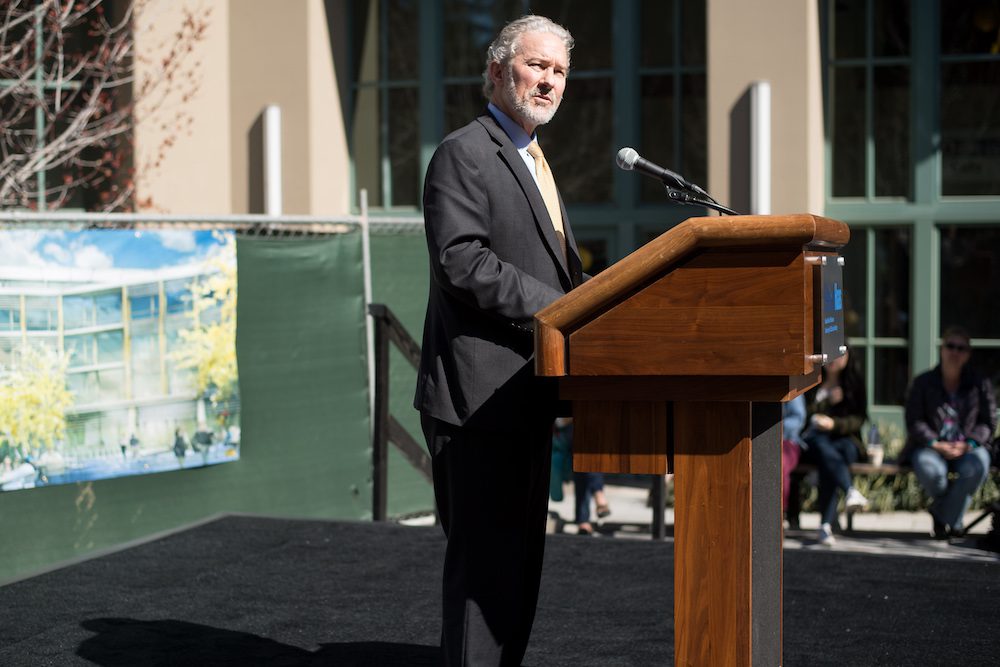
While leading Haas, Lyons is perhaps most well known for his creation of four distinct Defining Leadership Principles that spurred a sweeping cultural initiative at the school that stands out in the minds of many.
“We had never made anything explicit,” about the culture at Haas, Lyons said in an interview with Poets & Quants in 2018. “That felt like a giant opportunity so I began to ask myself, ‘What would being truly intentional on culture look like?'” The values that emerged: Question the Status Quo, Confidence Without Attitude, Students Always, and Beyond Yourself, have inspired and influenced students and alumni alike.
Speaking at today’s meeting, Lyons noted how the Haas culture has spread across the Berkeley campus, so “that when the chancellor of Berkeley says we are all about questioning the status quo—this mindset that there’s got to be a better way to do this—nobody bats an eye because it’s part of where we come from.”
An innovative changemaker
In January 2020, Lyons became Berkeley’s first chief innovation and entrepreneurship officer. In that role, Lyons worked to expand and champion Berkeley’s innovation and entrepreneurship activities. To that end, he helped launch the Berkeley Changemaker program in 2020, which now boasts some 30 courses that help undergraduates see innovation and entrepreneurship in action. The courses have quickly become among the most popular academic offerings on campus.
Lyons is particularly proud of the startup ecosystem on UC Berkeley’s campus. When UC Berkeley took the top spot last year for the number of venture-funded startups founded by undergraduate alumni, Lyons said he wasn’t surprised, noting that support for UC founders has accelerated dramatically over the past 20 years.
Noting Lyons’ unique focus on innovation in science and technology, Dean Ann Harrison, who succeeded Lyons as Haas dean, said he exemplifies “what is uniquely great about Berkeley.”
“This will be a historic new era, building on the strength of the foundation set by Chancellor Christ and leading to ever-greater achievements for Berkeley and its community,” Harrison said. “As my predecessor in the Haas deanship, Rich inspires me every day; as a friend and colleague, he enhances my life and that of everyone around him. I am truly delighted by this news and look forward to collaborating with him on a whole new level.”
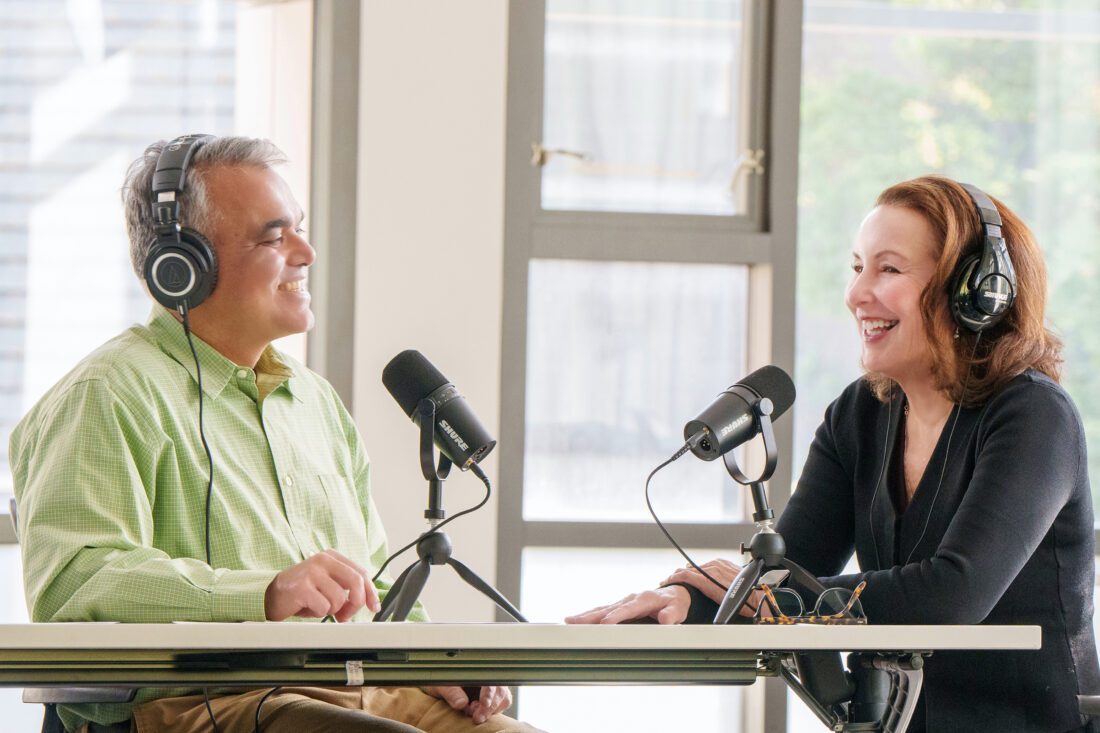
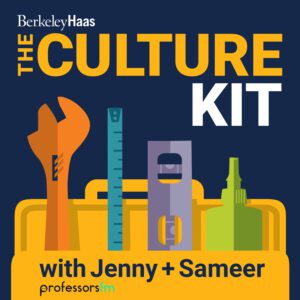 In their new podcast “
In their new podcast “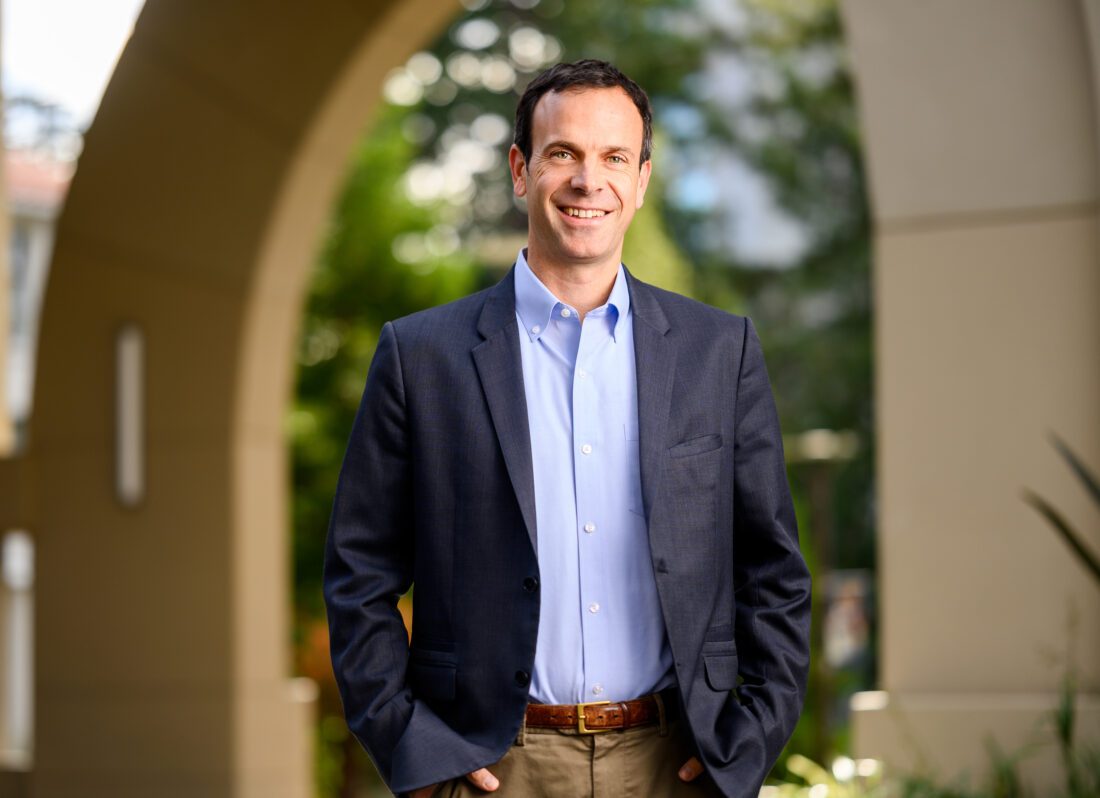
 Berkeley — A team of researchers who developed tools for investors, academics, and businesses to measure economic risks from the loss of the planet’s biodiversity has won the inaugural
Berkeley — A team of researchers who developed tools for investors, academics, and businesses to measure economic risks from the loss of the planet’s biodiversity has won the inaugural 
